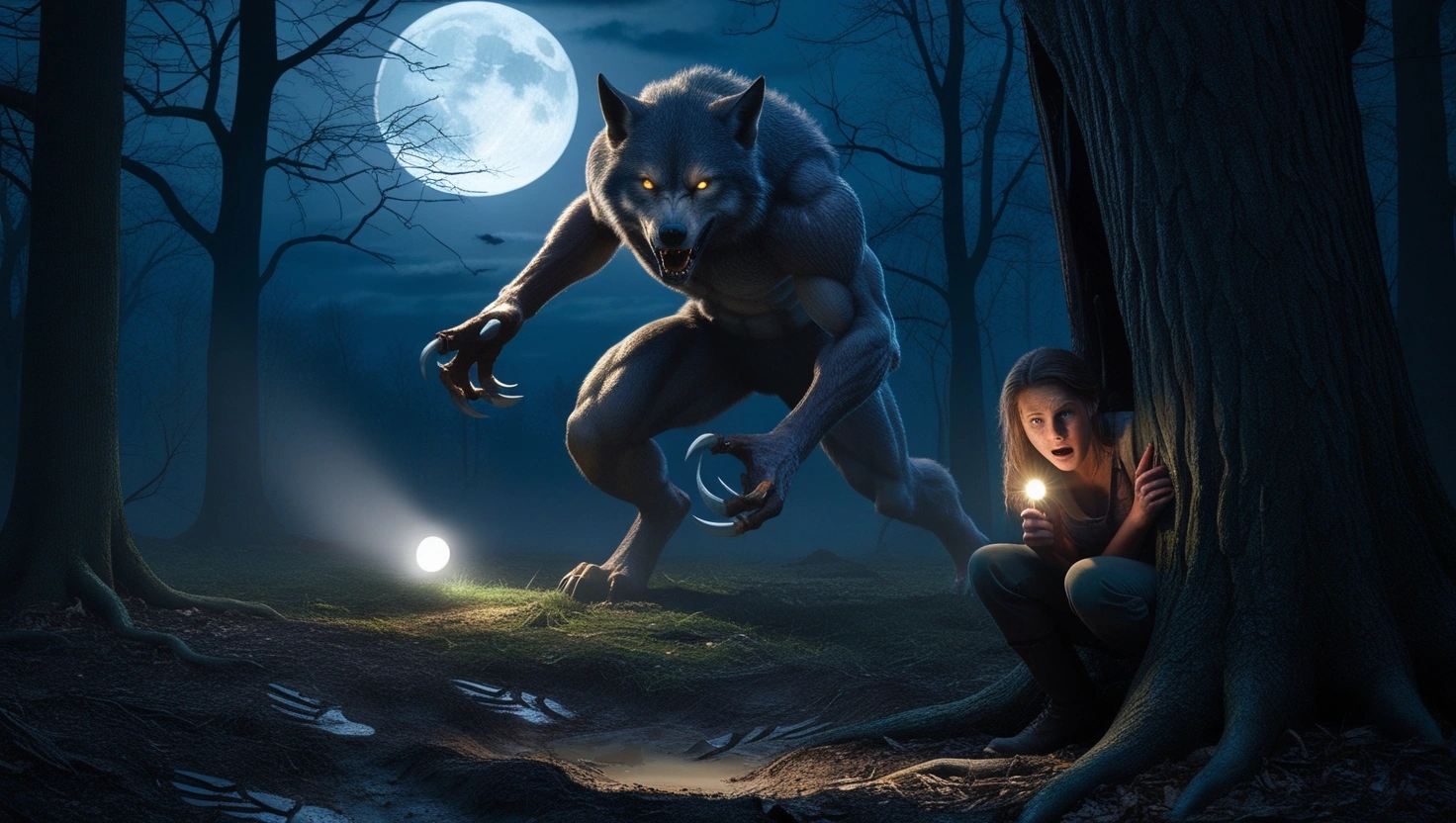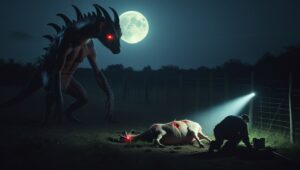The legend of the werewolf—a human who transforms into a wolf—has existed for centuries across cultures. But is there any truth behind the stories? This guide explores historical cases, medical explanations, and scientific perspectives on whether werewolves could be real.
1. The Werewolf Myth in History
Ancient & Medieval Beliefs
- Greek Mythology: King Lycaon was turned into a wolf by Zeus as punishment.
- Norse Legends: Berserkers wore wolf pelts, entering battle in a frenzied state.
- European Folklore (1500s–1700s): Werewolf trials (like witch trials) led to executions.
🔹 Cultural Impact: Werewolves symbolized *savagery, curses, and the fear of losing humanity.
2. Real-Life “Werewolf” Cases
While no one actually turns into a wolf, these historical figures were accused of lycanthropy:
A. Peter Stumpp (1589) – “The Werewolf of Bedburg”
- A German farmer who allegedly made a pact with the Devil, transforming into a wolf to kill livestock and people.
- Under torture, he “confessed” to cannibalism and witchcraft.
- Executed by horrific methods (broken on the wheel, beheaded, burned).
🔹 Reality?: Likely a serial killer or mentally ill man scapegoated during witch hunts.
B. The Beast of Gévaudan (1764–1767)
- A mysterious creature killed over 100 people in France.
- Described as wolf-like but enormous, leading to werewolf theories.
- Later identified as one or more large wolves (possibly hybrids or escaped exotic animals).
🔹 Modern Take: An exaggerated predator attack, not supernatural.
3. Medical & Scientific Explanations
A. Clinical Lycanthropy (Rare Mental Disorder)
- A delusion where people believe they can turn into animals.
- Linked to schizophrenia, bipolar disorder, or brain lesions.
B. Hypertrichosis (“Werewolf Syndrome”)
- A genetic condition causing excessive hair growth over the entire body.
- Historical sufferers (like Petrus Gonsalvus, 1500s) were exhibited as “wolf-men.”
C. Rabies & Ergot Poisoning
- Rabies symptoms: Aggression, foaming mouth, sensitivity to light (mirroring werewolf traits).
- Ergot fungus (in rotten grain): Causes hallucinations, convulsions, and gangrene (may have fueled witch/werewolf panics).
4. Could Werewolves Exist? The Science Says…
A. Biological Impossibility
- No known DNA mechanism allows human-to-wolf transformation.
- Wolves and humans diverged millions of years ago—no hybrid is possible.
B. Pop Culture vs. Reality
- Hollywood werewolves: Full-body transformations, super strength (pure fiction).
- Real-world parallels: Mental illness, rare diseases, or predator attacks explain most cases.
5. Modern “Werewolf” Phenomena
A. Skinwalkers (Navajo Legend)
- In Navajo culture, skinwalkers are witches who wear animal skins to gain powers.
- Some claim sightings in the U.S. Southwest (though these are likely coyotes or folklore).
B. Dogman Sightings (U.S. & Canada)
- Reports of bipedal, wolf-like creatures (similar to werewolves).
- No physical evidence, but a persistent cryptid legend.
Final Verdict: Myth or Reality?
- No proof of literal werewolves exists.
- Historical cases were likely mental illness, disease, or animal attacks.
- Folklore endures because it taps into deep fears of losing control.
🐺 Do you think werewolves could be real? Or are they purely legend? Share your thoughts!








